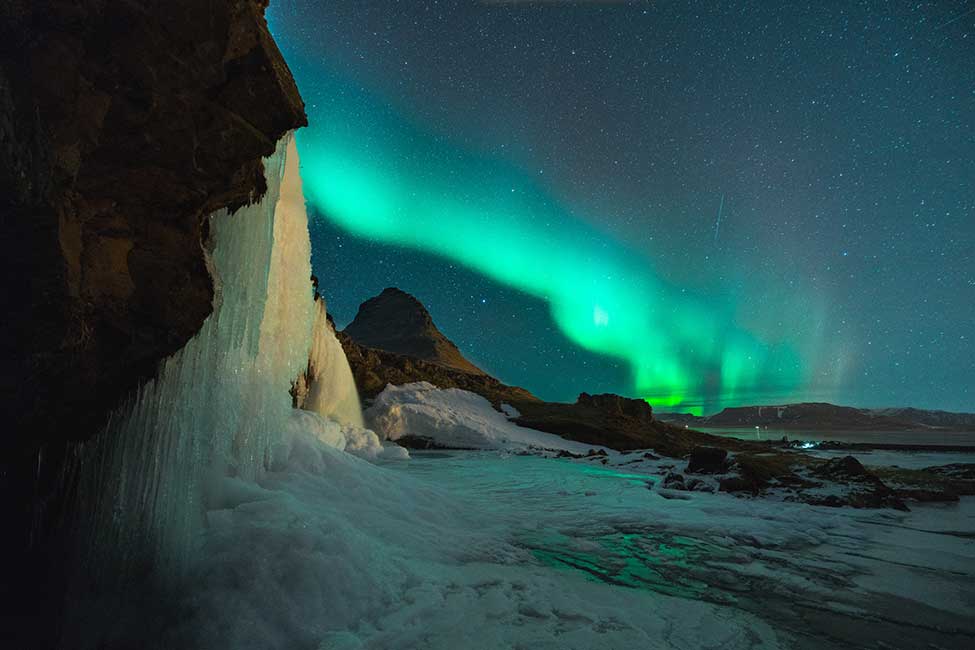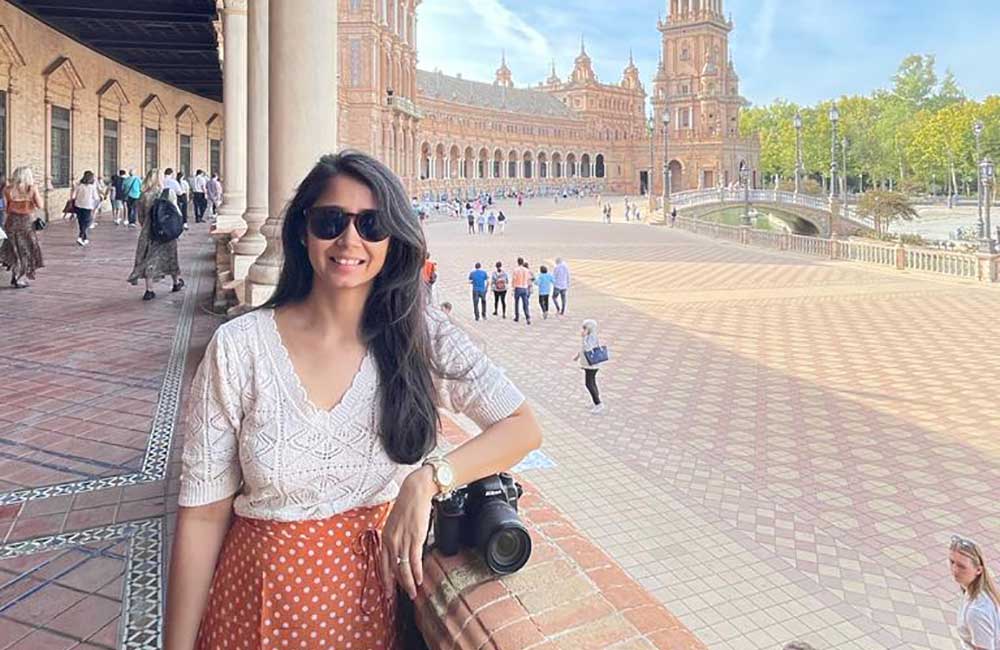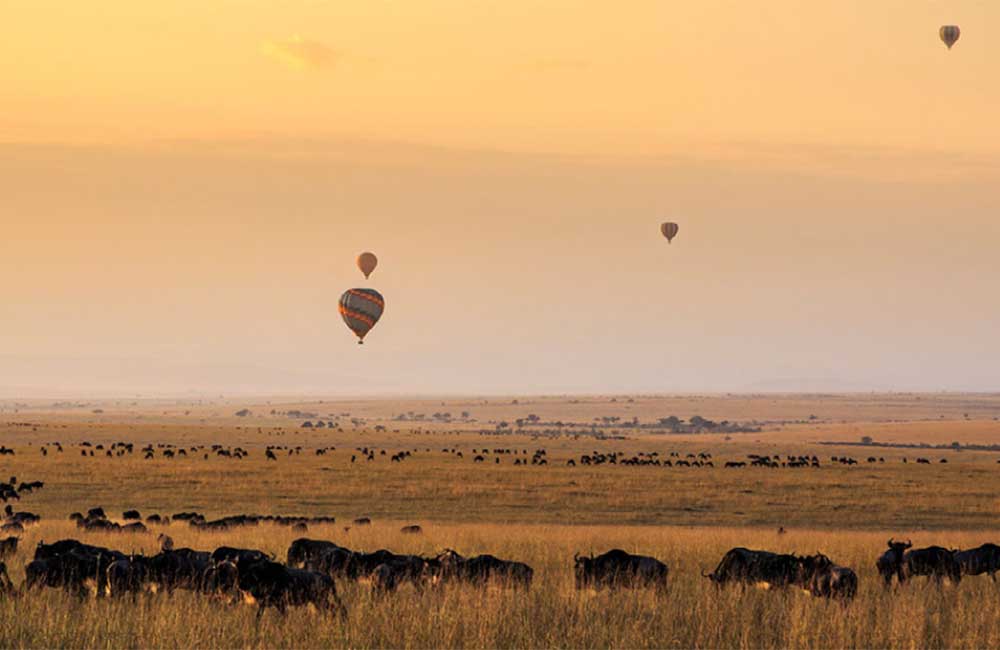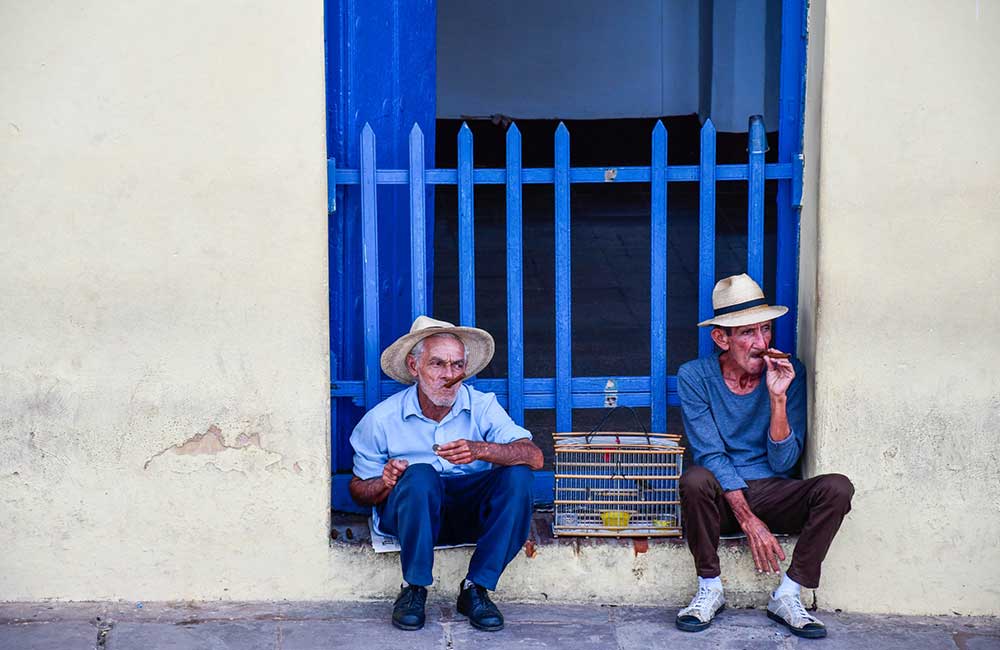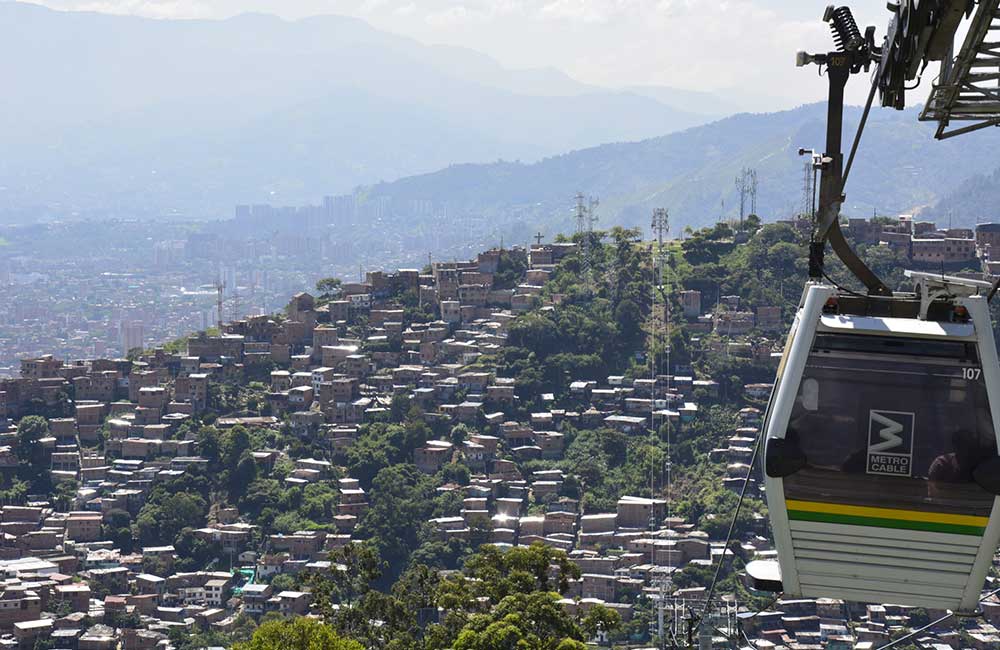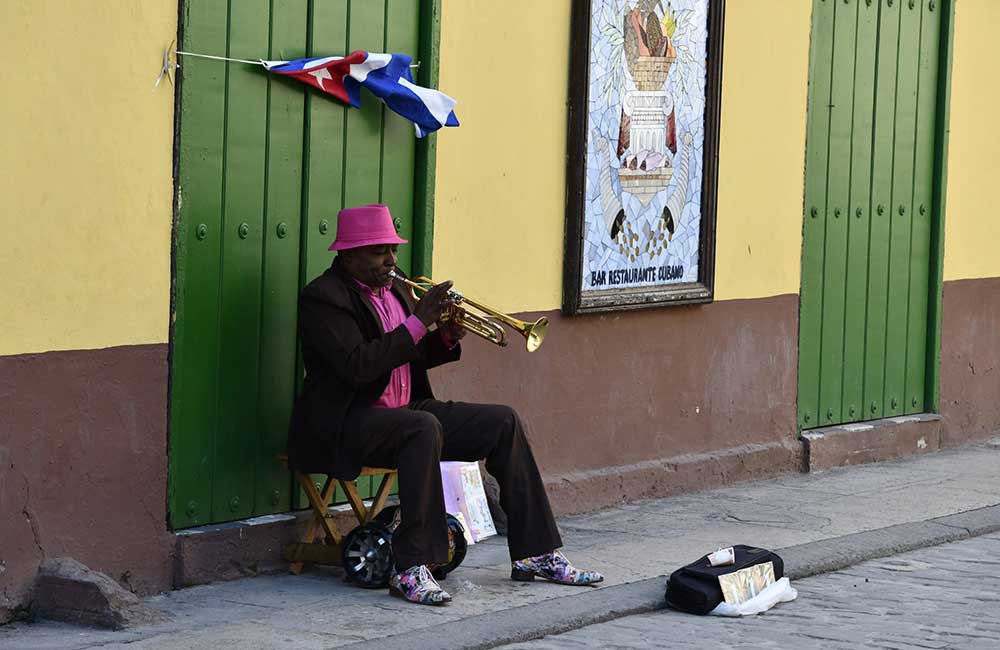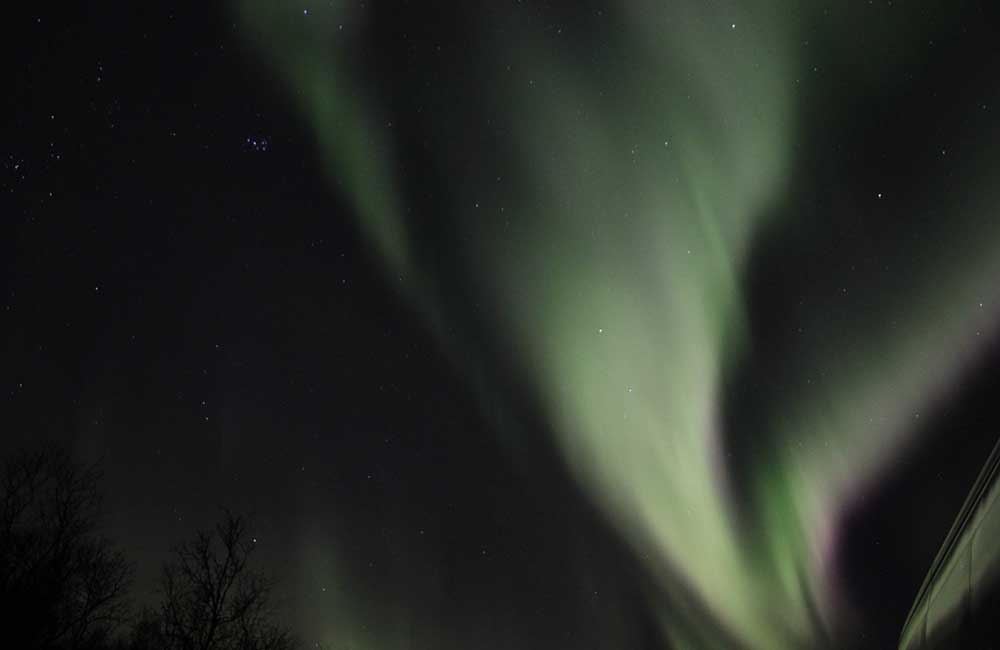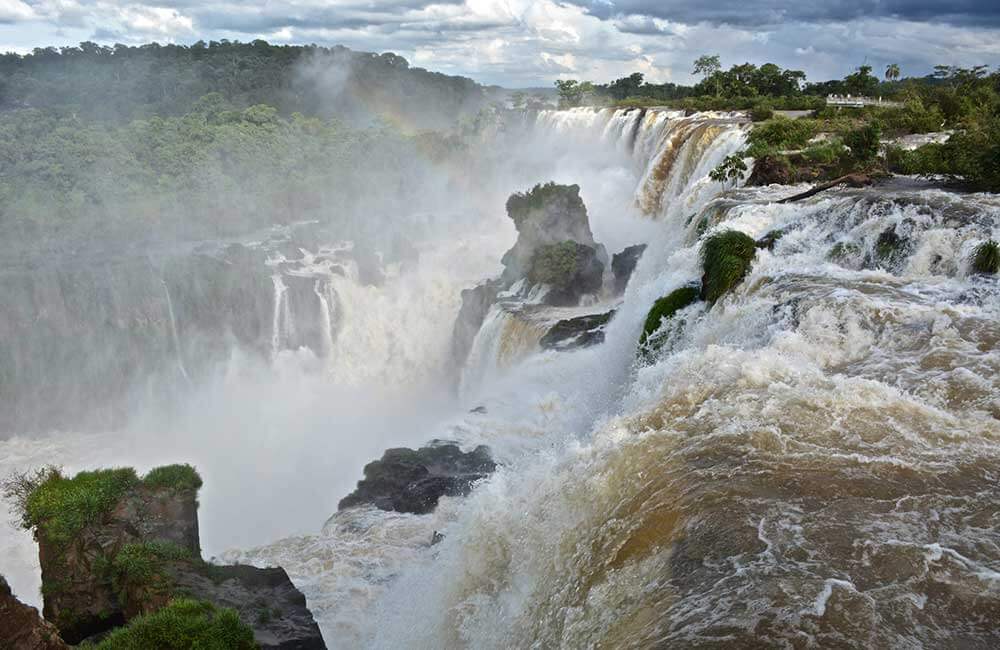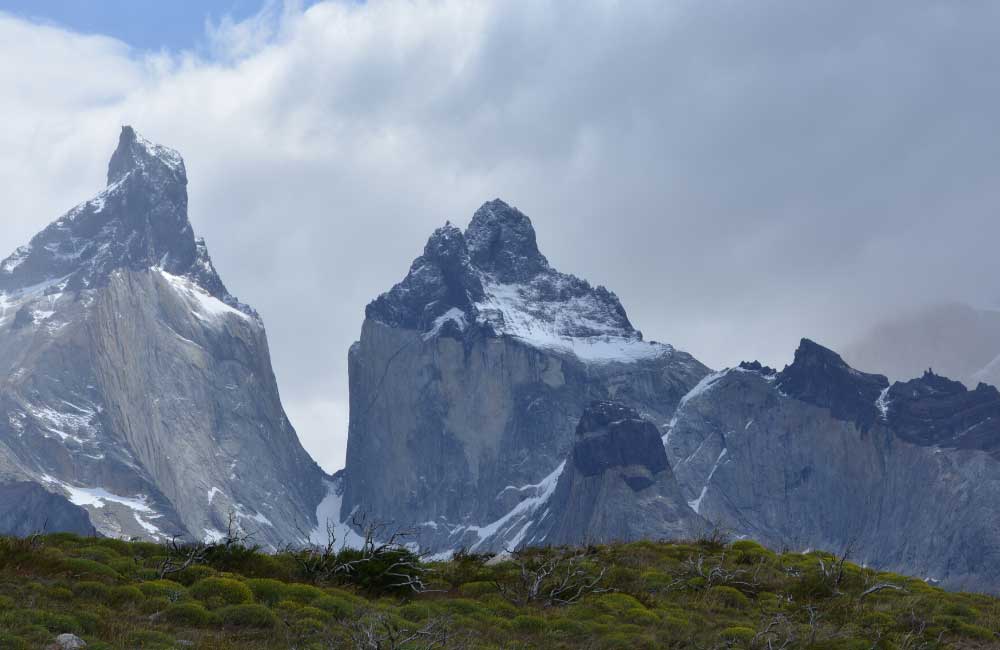The Northern Lights—also known as the Aurora Borealis—are one of nature’s most stunning spectacles, attracting travelers from all over the world. But how you choose to embark on this Arctic adventure can completely transform your experience. For those seeking an unforgettable, personalized journey, partnering with a luxury travel designer offers the ultimate way to witness the Northern Lights. Unlike a standard trip arranged by a travel agent, a travel designer crafts unique itineraries, taking you to hidden locations like Levi, Finland, the Arctic Bath Hotel in Sweden, or the remote Svalbard Islands. Here’s why traveling with a travel designer makes all the difference.
Why Travel with a Luxury Travel Designer?
A travel designer offers more than just bookings—they craft tailor-made journeys that turn a Northern Lights trip into a deeply personal adventure. Unlike traditional travel agents, who typically offer package tours, a luxury travel designer creates customized itineraries filled with exclusive experiences, ensuring you get the most out of your Arctic expedition.
One of the biggest advantages of working with a travel designer is access to off-the-beaten-path Northern Lights destinations. Rather than battling crowds in popular spots, you’ll venture to lesser-known locations for a more intimate and spectacular Aurora viewing experience.
Hidden Northern Lights Destinations
While many Northern Lights chasers flock to well-known areas in Norway or Finland, travel designers guide you to hidden gems—places that remain largely untouched by mass tourism.
Levi, Finland
Located in Finnish Lapland, Levi is a quiet, remote destination perfect for Northern Lights viewing. Unlike tourist-heavy destinations, Levi offers serene landscapes and a higher chance of spotting the Aurora in peace. A luxury travel designer can arrange for you to stay in a glass igloo or a log cabin, far away from the light pollution, where you can watch the Aurora directly from your cozy bed.
Arctic Bath Hotel, Sweden
One of the most unique places to stay when chasing the Northern Lights is the Arctic Bath Hotel in Swedish Lapland. This floating spa hotel sits on the frozen Lule River in the winter, offering a tranquil and surreal setting to view the Aurora. A travel designer can ensure that you have access to the most luxurious experiences, from private spa sessions to a personalized snowmobile tour under the Northern Lights.
Svalbard, Norway
For travelers seeking ultimate seclusion, Svalbard—located between Norway and the North Pole—offers some of the darkest skies on earth, perfect for viewing the Aurora Borealis. With the help of a travel designer, you could stay in a luxury wilderness lodge and enjoy private dog sledding tours during the day and uninterrupted Aurora viewing at night.
Iceland’s Private Northern Lights Retreats
While Iceland is a popular destination for Northern Lights enthusiasts, traveling with a designer ensures an exclusive and tailored experience. Instead of joining crowded tours, you’ll stay at luxurious and remote locations like the Torfhús Retreat. After exploring Iceland’s stunning landscapes, you can relax in a private geothermal pool while the Northern Lights dance in the sky above.
Unique Accommodations for Northern Lights Viewing
When it comes to luxury travel in the Arctic, a designer handpicks accommodations that turn your trip into an unforgettable experience. Here are some of the most unique and luxurious places to stay while chasing the Northern Lights:
Glass Igloos and Domes
Imagine lying in a heated glass igloo or dome in the Arctic wilderness, watching the Northern Lights through a transparent roof. These accommodations are highly sought after, and a travel designer ensures your spot in these exclusive stays, whether in Levi or Norway’s Lyngen Alps.
Ice Hotels
For a truly unique Arctic experience, a stay in an ice hotel is a must. At the Icehotel in Sweden, everything—from the bed to the walls—is carved from ice, offering an unforgettable atmosphere for Northern Lights viewing. Your travel designer will not only secure this one-of-a-kind stay but also organize tailored activities like ice sculpting or Northern Lights photography workshops.
Luxury Wilderness Cabins
Prefer something more remote? A travel designer can arrange a private stay in a luxury wilderness cabin, far from any light pollution. These cabins often come with private Aurora viewing decks, outdoor hot tubs, and saunas, where you can watch the sky light up in vibrant colors, undisturbed by anyone else.
Unique Arctic Experiences Beyond the Northern Lights
Traveling with a luxury travel designer means you’re not just going to see the Northern Lights—you’re immersing yourself in the Arctic experience. Here are some of the exclusive activities that a travel designer can arrange for you:
Reindeer Sledding with Sami Guides
A travel designer can organize a private reindeer sledding tour with Sami guides, offering you a chance to experience this traditional Arctic mode of transportation. As you glide through snow-covered forests, you’ll learn about the rich culture and history of the indigenous Sami people. End the experience in a warm Sami tent, enjoying stories around the fire.
Ice Diving in Norway
For adventurous souls, how about ice diving in Norway’s frozen waters? A travel designer can organize this thrilling, once-in-a-lifetime experience with expert guides. Dive into the surreal, crystal-clear waters beneath the Arctic ice while being fully equipped with safety gear.
Private Snowmobile Safaris
While many tours offer snowmobile rides, a travel designer can arrange a private snowmobile safari just for you. Explore frozen lakes, remote mountain landscapes, and dense Arctic forests by day, or set out on a midnight ride in search of the Northern Lights.
The Travel Designer Advantage
So, what’s the difference between traveling with a luxury travel designer and booking through a traditional travel agent? It all comes down to personalization and exclusivity.
A traditional travel agent typically offers pre-packaged trips with little room for customization, while a travel designer crafts every detail of your journey to fit your desires. From luxury accommodations to one-of-a-kind Arctic experiences, your trip is built around you. They also offer flexibility—whether you need to change plans to follow the best Northern Lights forecast or you want to add a last-minute adventure to your itinerary, your designer will make it happen seamlessly.
A Northern Lights trip is one of the most magical travel experiences you can have, and traveling with a luxury travel designer ensures that every moment is extraordinary. From staying in glass igloos in Levi to snowmobiling across the frozen landscapes of Swedish Lapland, a travel designer will craft a journey that goes far beyond a typical tour. With personalized itineraries, exclusive experiences, and access to hidden Northern Lights spots, your Arctic adventure will be one to remember for a lifetime.
